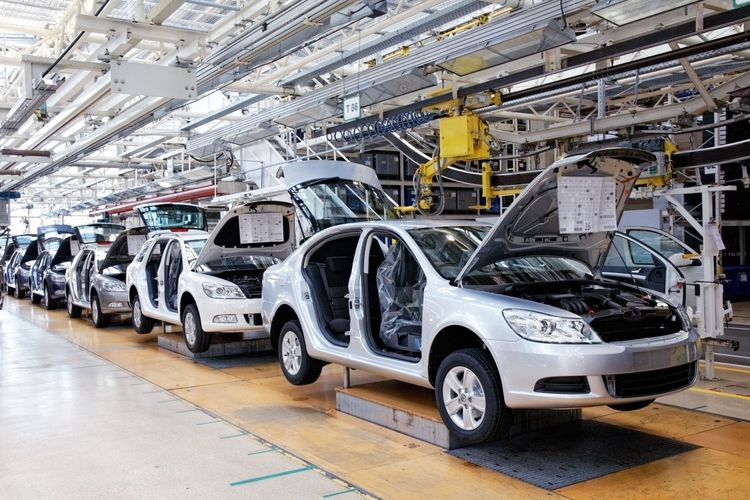As of 2020, India was the world’s fifth-largest auto market, producing more than 22 million vehicles. This included two wheelers, three wheelers, quadricycles, passenger vehicles, and commercial vehicles. In 2019, multiple issues caused India’s auto economy to contract. Key among these were regulatory, rising input costs, semiconductor shortages, taxation, insufficient credit, and reduced spend on non-essentials. Even as the industry scrambled to offset this slowdown, the Covid-19 pandemic struck unexpectedly in two back-to-back waves.
India’s auto sector - gaining momentum
By August 2021, improved vaccination rates and preventive measures paid off and the devastating coronavirus is in a recession. As the rest of the Indian economy opened up progressively and the supply chain crisis in the auto sector eased up a bit, car sales also began emerging out of the slump.
Between September and October 2021, car makers posted a 40.1 percent growth in sales. The country’s passenger vehicle (cars, utility vehicles, vans) market is poised to hit 5 million-plus units by the end of 2024. Cars represent a major chunk of the passenger market.
Global automakers increasingly see India as a promising destination for automotive engineering design services (AEDS), especially for compact cars. This segment is expected to grow further on the back of growing acceptance of Indian engineering skills and government incentives. Battery electric and hydrogen fuel vehicles, as well as other advanced mobility options are also on the government’s agenda.
New incentives for auto industry
The production-linked incentive (PLI) scheme for automotive and auto components, announced this September is expected to increase India's share of the global automotive pie, apart from adding more jobs, in the next five years. The initiative incentivizes auto OEMs and component manufacturers working on advanced technology products and aims to attract fresh investments to these sectors over the next five years. Overall, these PLI incentives are expected to boost the production and export of advanced vehicles. New vehicle sales will also experience potential tailwinds from the vehicle scrappage policy announced by the government. As per the new policy, old, faulty and polluting commercial and passenger vehicles will be marked for deregistration. Besides, under the Automotive Mission Plan, both the government and auto industry envision a three-fold rise in the industry’s revenue in the next five years.
Currently the auto sector contributes 7.1 percent of India’s GDP; the plan will increase this contribution to 12 percent as well as add millions of jobs in the sector. India aspires to be a $5 trillion economy by 2025, and the automotive sector is key to this growth.
Demand for high-strength auto steel
While alternatives materials (plastic, aluminum, composites) have been suggested from time to time for use in car manufacture, stainless steel remains the most preferred raw material across the world. And this has been the case for almost a century now. The reasons being its high-strength, durability, and reliability.





 +91 7208055523
+91 7208055523
 Help & support
Help & support
